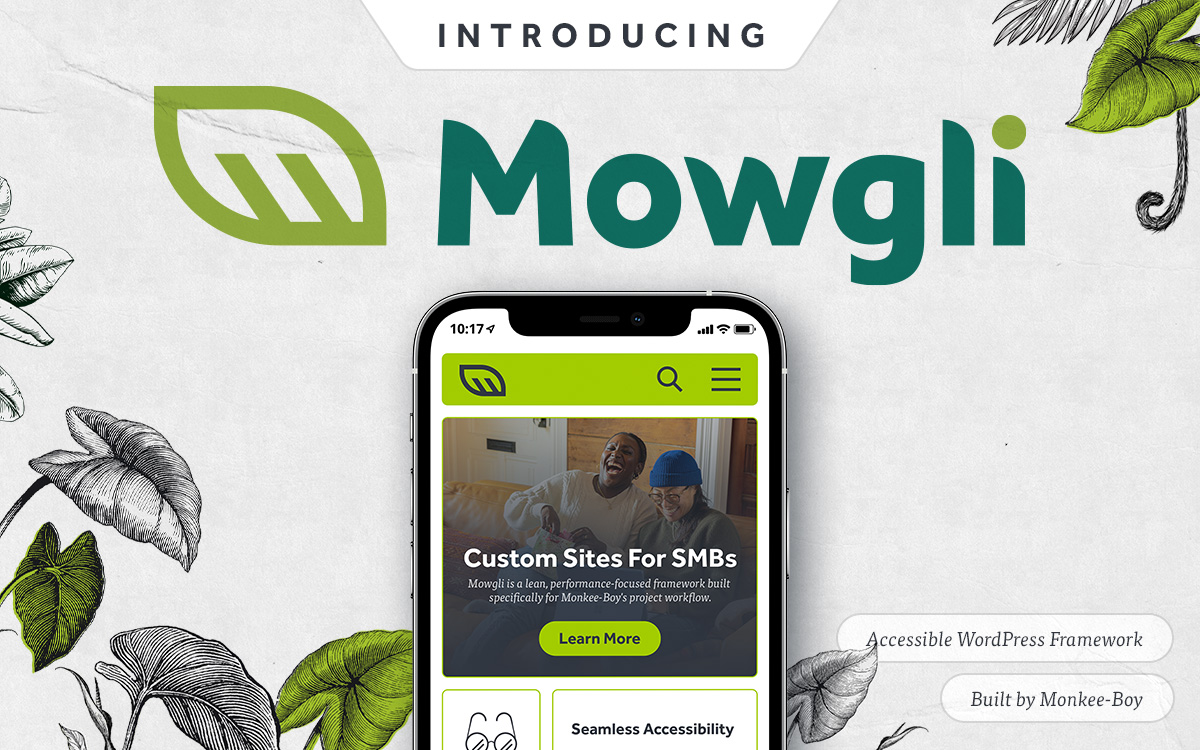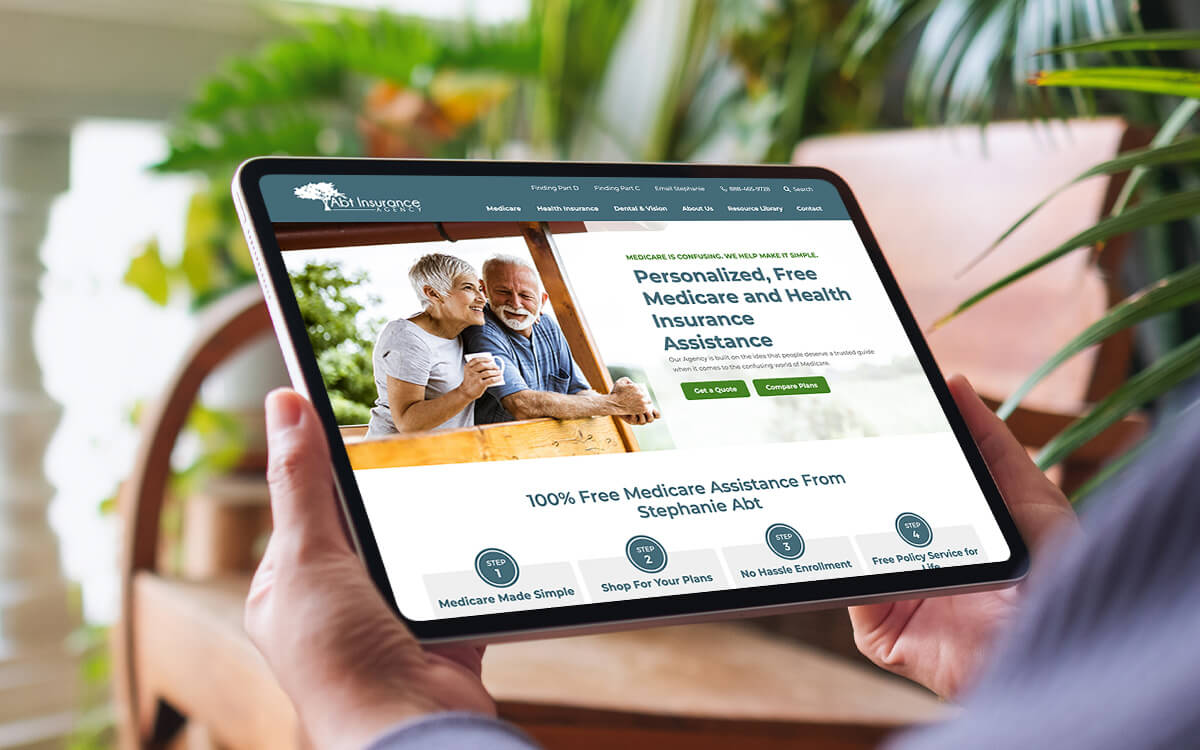Chart Your Course - The Web Accessibility Road Map

The article is the second in our series on "The Road to Web Accessibility" which focuses on the step-by-step process of delivering an accessible and inclusive experience online. In this article, we focus on the web accessibility roadmap - the first step after gaining organization buy-in and consensus.
Unfolding the Map
So what is it? The web accessibility roadmap is a brief outline of the steps your organization plans on taking to provide a more inclusive experience. The goal here is to raise awareness for everyone and stake a claim. You’re embarking on your journey and publicly declaring “our bags are packed and it’s go-time."
It’s not a detailed play-by-play, per se, but more of a simple, high-level outline of the following:
- The organization's awareness and dedication to building an intentionally inclusive experience;
- The level of accessibility the organization is planning on targeting;
- The tools and methods intended on being used for testing;
- Milestones and timelines associated with the implementation plan; and
- Who to contact should an accessibility issue be found during the implementation phase. This is normally a person’s name, email, phone number and potentially a contact form.
Want to see it in action?
Check out a sample roadmap that we use on our site to help keep our audiences up-to-date on when we're rolling out new features.
Benefits of a Web Accessibility Roadmap
The benefits of having a roadmap are fairly simple and can be quite compelling.
Increased Awareness
Proactively posting your roadmap online allows you to raise awareness with your audiences that offering an inclusive experience is important to the organization. It's positive news, good PR, and allows for a dialogue with your audiences.
Organizational Alignment
Different teams may be required to work together to make it happen, so posting online provides a visible source of truth to ensure they're all looking at the same playbook (e.g. what level of compliance are we targeting? what are our milestones of feature delivery?, what will be tested? What testing methods will we use?).
Sustained Momentum
Publicly declaring that there is a roadmap that the organization has committed to truly solidifies the intent to take action and through the action keeps the momentum in the journey. Posting the roadmap is an easy "win" for the initiative and shows that things are moving to stakeholders who may not be on the front lines.
Reduced Risk of Litigation
There are no magic wands or easy buttons that can quickly turn your site from inaccessible to inclusive, so it's important to keep in mind that this journey can take time and this time can leave your organization exposed to potential lawsuits. No fun.
As such, if someone comes to your site during a redesign process and feels discriminated against, the web accessibility roadmap is a valuable tool that lets you take control of the narrative. Your roadmap proactively informs them that 1) you're aware of the issues and that 2) you have a formal plan for fixing things. The vast majority of the time, this proactive and very visible declaration not only deescalates any potential chance for litigation but allows you to turn potential conflict into opportunity by connecting with, getting feedback from, and enlisting users with disabilities to help you test the new experience.
DIY Roadmapping Tips
Web accessibility roadmaps don’t have to be over complicated or require formal accessibility training to create. At this point in time, they can follow the format listed above.
- Take A Stab: Follow the outline above to cover the basics - anything you will create will be better than the “nothing” that you currently have right now.
- Make It Personal: We highly encourage you to make the roadmap your own. Personalize it to your audiences, using language that maps to your culture and tone. Like all of the content on your site, strive to create an engaging and authentic experience with images and videos, if desired (hint: don’t forget a transcript). As with all content, the more engaging the better.
- Get Some Help: A digital partner can help provide guidance or you can utilizing the W3C’s Accessibility Statement Generator - a super cool and useful tool to auto-generate a foundational statement. https://www.w3.org/WAI/planning/statements/generator/#create
- Post Online: Once created and agreed upon, post it online for the world to see. Normally it lives under a “Web Accessibility Roadmap” link in the footer area. The benefits of posting this publicly include organizational awareness and alignment, helping gather real-world feedback from users who are indeed having issues, and potentially decreasing the risk of litigation. It’s a fantastic milestone for your accessibility “wins” column.
- Build Bridges: Include content in your policy that helps turn potential adversaries into brand advocates by asking for their help - "if you've experience accessibility issues with our site in the past, we'd love to include you in the testing of our new experience." Consider a token of appreciation for helping - maybe they get some free merch or a shoutout on social media. There are tons of ways to proactively keep a bad experience from turning into a PR and legal crisis. Build the bridges to minimize any temporary user issues while you get a new, inclusive experience online.
- Keep It Current: If things change don’t be afraid to update your roadmap. It may not be the most visited page on your site, but those who do visit will really appreciate that it is current and accurate. Also, remember that your roadmap changes as you make progress and at some point this roadmap may morph into a more formal web accessibility policy.
So what's next on our journey?
In the next article, we'll be working through the implementation phase which covers the planning and delivery. It's not a small topic and may sound scary, but we promise to keep it high level, light, and easy to understand.
Latest Articles

Introducing Mowgli - Monkee-Boy's Accessible WordPress Framework
Get to know Mowgli - Monkee-Boy's new accessible WordPress framework that transforms the landscape of custom web design for small-to-medium businesses.
Continue reading
Mowgli Helps Abt Insurance Escape the Digital Jungle
Abt Insurance was built on the idea of trust when navigating the world of insurance and expect the same from their digital experience. Monkee-boy has that covered!
Continue reading